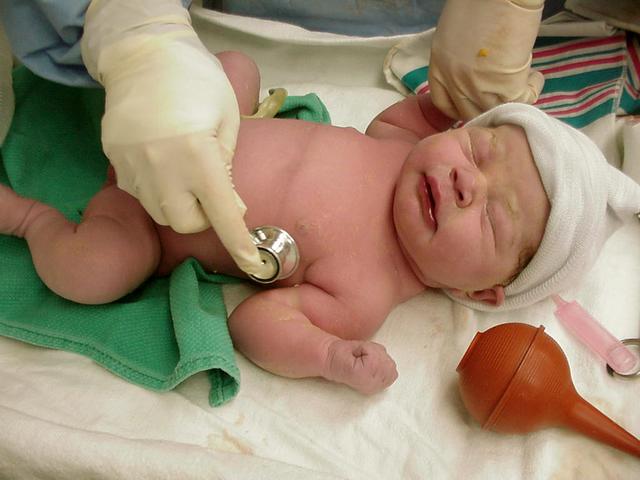Ebstein’s anomaly is an abnormality in the tricuspid valve of the heart. These abnormalities cause the tricuspid valve to leak blood backwards into the right atrium when the right ventricle contracts and as a result, the right atrium becomes enlarged. If this is severe enough, congestive heart failure can result.
If pressure within the right atrium becomes overwhelming by the excessive backflow into it, the foramen ovale (which is normally present in the fetus and usually closes after birth) will remain open. The ovale allows unoxygenated (“blue”) blood to flow from the right atrium, bypassing the lungs and going directly to the body. This will result in lower oxygen levels in the blood.
Ebstein’s anomaly may range from mild, with little symptoms, to very severe. Many patients with milder Ebstein’s anomaly do not have symptoms and are diagnosed due to the presence of a heart murmur.
Some babies and children will have bluish discoloration to their lips and nail beds, due to the flow of blood from the right atrium to the left atrium. Children may tire more easily than other children or become short of breath, particularly during play. In adolescents and young adults, the sensation of palpitations, or fast heart rate, shortness of breath, and chest pain may be the first symptoms.
Severely affected babies are often critically ill at birth, with low oxygen saturations and heart failure requiring intensive care.
If your child is diagnosed with Ebstein’s anomaly, his pediatric cardiologist will discuss the treatment options appropriate for your child.
